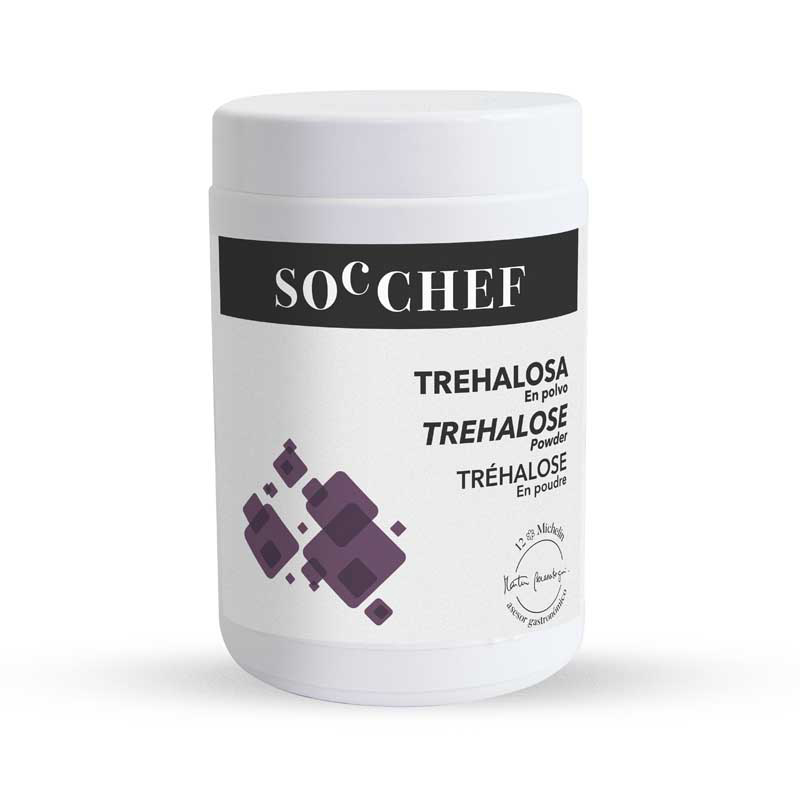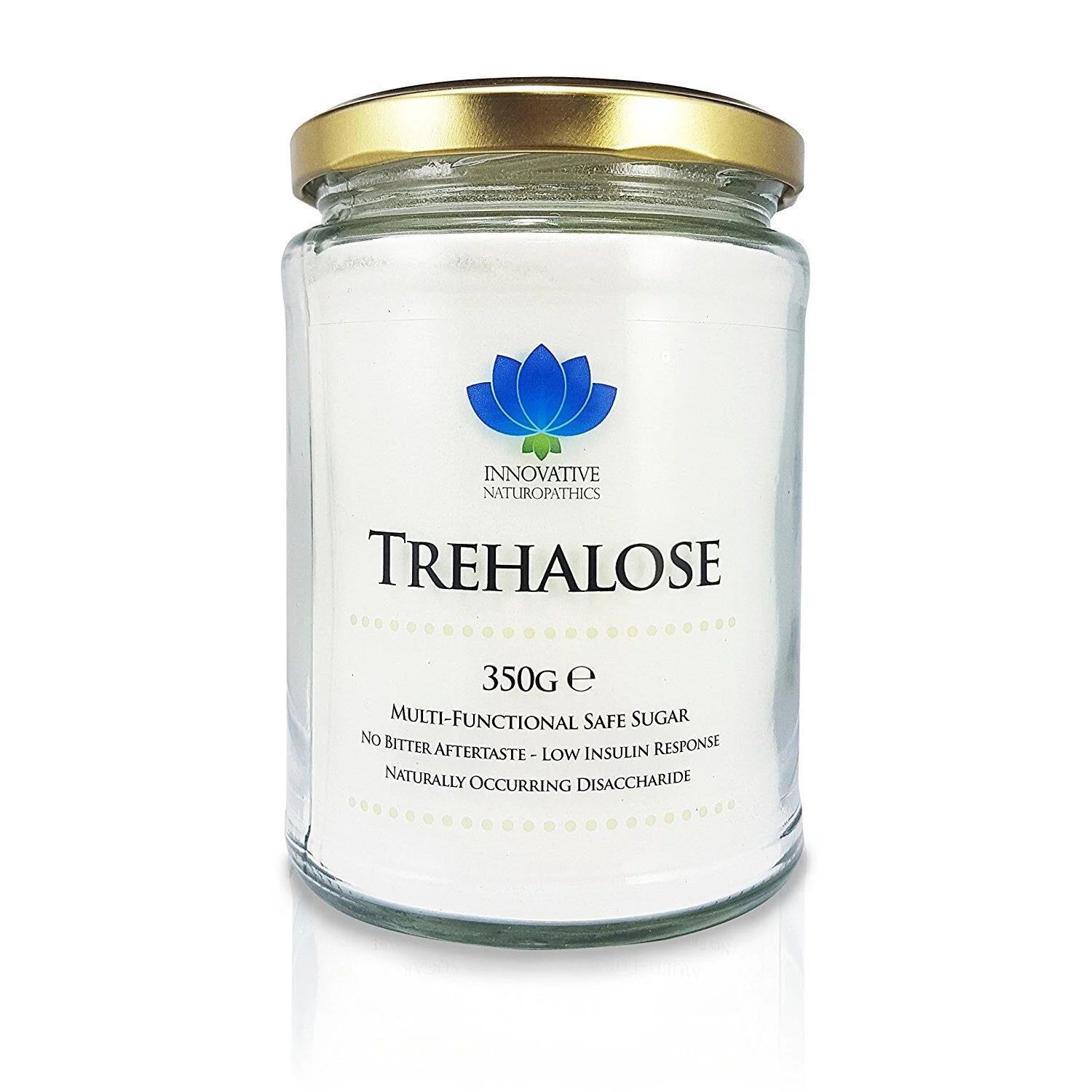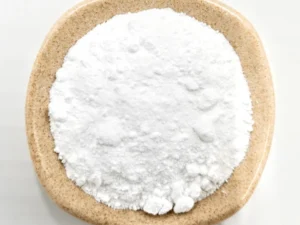Description
Trehalose: A Sweet Sugar with Unexpectedly Diverse Applications
Trehalose, often called “mushroom sugar” or “resurrection sugar,” is a naturally occurring disaccharide with a fascinating story. While it’s sweeter than you might think, its real appeal lies in its impressive ability to protect and stabilize biological molecules. This unique property has led to a surge in its applications across various industries, from food and beverages to pharmaceuticals and cosmetics.
What is Trehalose?
Chemically, trehalose is a sugar composed of two glucose molecules linked together. It’s found in a wide range of organisms, including bacteria, fungi, insects, and plants. In these organisms, trehalose plays a vital role in survival, particularly under harsh environmental conditions like dehydration, extreme temperatures, and oxidative stress.
The Secret Weapon: Protecting Biological Molecules
Trehalose’s remarkable ability to protect biological structures stems from its unique molecular properties:
- Water Replacement: During dehydration, trehalose can replace water molecules surrounding proteins and cell membranes, preventing them from unfolding or becoming damaged.
- Glass Formation: As it dries, trehalose forms a glass-like matrix that physically encases and stabilizes sensitive molecules.
- Antioxidant Properties: Trehalose exhibits some antioxidant activity, helping to neutralize harmful free radicals.
These protective mechanisms allow organisms to survive extreme conditions, prompting researchers to explore trehalose’s potential in stabilizing a wide range of biological materials.
Applications Across Industries:
Trehalose’s diverse functionality has fueled its adoption in numerous industries:
- Food and Beverage: Trehalose is used as a stabilizer, sweetener, flavor enhancer, and texturizer in various food products. It can improve the freeze-thaw stability of frozen desserts, extend the shelf life of baked goods, and enhance the crispness of snacks. Its lower sweetness compared to sucrose allows for subtle flavor adjustments.
- Pharmaceuticals: Trehalose is increasingly used to stabilize protein-based drugs, vaccines, and other biological therapies. By preventing aggregation and degradation, trehalose can improve drug efficacy, extend shelf life, and enable the development of new formulations, like dry powder inhalers.
- Cosmetics: In personal care products, trehalose acts as a humectant, drawing moisture to the skin, and as a protectant against environmental stressors. It can improve the texture and stability of creams, lotions, and serums, making them more effective and longer-lasting.
- Agriculture: Trehalose has potential applications in crop protection. Coating seeds with trehalose can improve their germination rate and tolerance to drought and other environmental challenges.
- Biotechnology: Trehalose is used to preserve cells, tissues, and organs for research and therapeutic purposes. It helps maintain their viability and functionality during cryopreservation and storage.
Emerging Research and Future Directions:
Research into trehalose continues to uncover new applications and benefits. Some exciting areas of investigation include:
- Neurodegenerative Diseases: Studies suggest that trehalose may help clear misfolded proteins associated with diseases like Alzheimer’s and Parkinson’s.
- Wound Healing: Trehalose has shown promise in promoting wound healing by stimulating cell growth and reducing inflammation.
- Gut Health: Research indicates that trehalose may have prebiotic effects, promoting the growth of beneficial gut bacteria.
Conclusion:
Trehalose is more than just a sugar; it’s a versatile and powerful molecule with a remarkable ability to protect and stabilize biological structures. Its diverse applications across various industries, coupled with ongoing research into its potential health benefits, make trehalose a compound of significant interest for the future. From enhancing the quality of our food to improving the efficacy of life-saving drugs, trehalose is proving to be a sweet solution with far-reaching implications.












Reviews
There are no reviews yet.